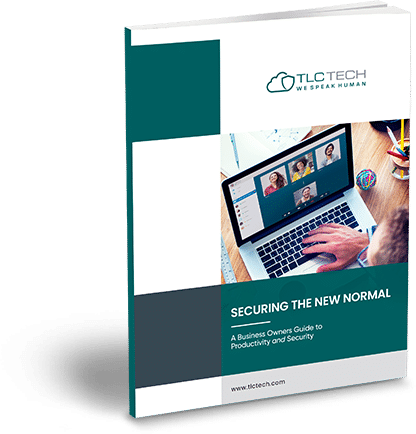How To Enable Multi-Factor Authentication
Even if you’ve never enabled it, you might be familiar with the idea of multi-factor authentication (MFA), a login security feature offered by a range of different services. Do you know how to turn it on on the websites you use?
Online services from email providers and financial websites to social network sites offer the ability to enable MFA to better secure your accounts and data. This is a great way to add an extra layer of protection to the existing system and account logins.
Have you harnessed MFA to enhance your cybersecurity yet? Don’t assume a password alone will keep personal accounts properly protected.
The Unfortunate Reality Of Password Security
Despite the fact that passwords are the most direct way to access a user’s private information, most passwords in use today are simply not strong or complex enough.
Passwords protect email accounts, banking information, private documents, administrator rights, and more — and yet, user after user and business after business continue to make critical errors when it comes to choosing and protecting their passwords.
A recent report showed that 86% of more than 2 million breached passwords were identical to passwords that had already been breached. Don’t make the mistake of assuming it’s all being exaggerated to get your attention. If anything, there are too many data breaches for the news to keep up with.
In the end, creating and using strong passwords can be frustrating — the more secure they are, the more difficult they are to remember. The more memorable they are, the greater threat they pose to the business. That’s why you need to add extra layers of security to your personal accounts.
MFA —An Extra Layer Of Protection
MFA is a superior way to keep your data more secure — after all, it blocks 99.9% of identity-based attacks.
MFA requires the user to utilize two methods to confirm that they are the rightful account owner. There are three categories of information that can be used in this process:
- Something you have: Includes a mobile phone, app, or generated code
- Something you know: A family member’s name, city of birth, pin, or phrase
- Something you are: Includes fingerprints and facial recognition
An MFA solution offers a range of key benefits to modern business which help to increase security without affecting the user experience:
- Bring Your Own Device: In today’s modern business world, more and more employees prefer to do at least some of their work through their mobile devices, which can present a serious security risk. However, with an MFA solution, you can enroll new employee devices in minutes, given that there’s no need to install an endpoint agent.
- Convenient Flexibility: An MFA solution won’t force you to apply the same security policies to every user in the company. Instead, you are given the capability to specify policies person by person or group by group.
How Does A Multi-Factor Authentication Solution Work?
- User logs into the session with primary credentials.
- The session host validates credentials with Active Directory.
- Then, it sends credential validation to the cloud via the login app.
- The MFA client sends its secondary authentication to the user. User approves.
- The MFA client sends approval back to the session host via the login app.
- The user accesses their session very securely.
It’s really that simple. Making use of MFA only requires you to enable it on the sites you use.
How To Enable MFA On Your Banking Website
Every major banking service in the country offers or automatically enforces some form of MFA. While the specifics will differ slightly from one bank to another, you should find the option under your account settings in the security menu.
For example, you can enable MFA on Bank of America accounts by following these steps:
- Select “Profile & Settings” in the top left-hand corner.
- Click “Manage SafePass”.
- Click “Add SafePass”.
- Follow the on-screen steps.
How To Enable MFA On Your Personal Email
Similar to banking sites, whatever email service you use almost certainly offers an MFA feature. For example, with Gmail, follow these steps to set up MFA:
- Open your Google Account.
- In the navigation panel, select “Security”.
- Under “Signing in to Google,” select 2-Step Verification and then Get started.
- Follow the on-screen steps.
How To Enable MFA On Other Websites
Although the specific process will differ from one site to the next, if MFA is available, it will almost certainly be found in your account settings. Look for a security tab or panel, and check there for a multi- or two-factor authentication option.
If the website in question offers it, you’ll find the option there.
Need Help With MFA?
If you’re unsure about how to implement an MFA solution, don’t try to handle it all on your own. TLC Tech will help you evaluate your password practices and security measures as a whole to make sure you’re not taking any unnecessary risks.

